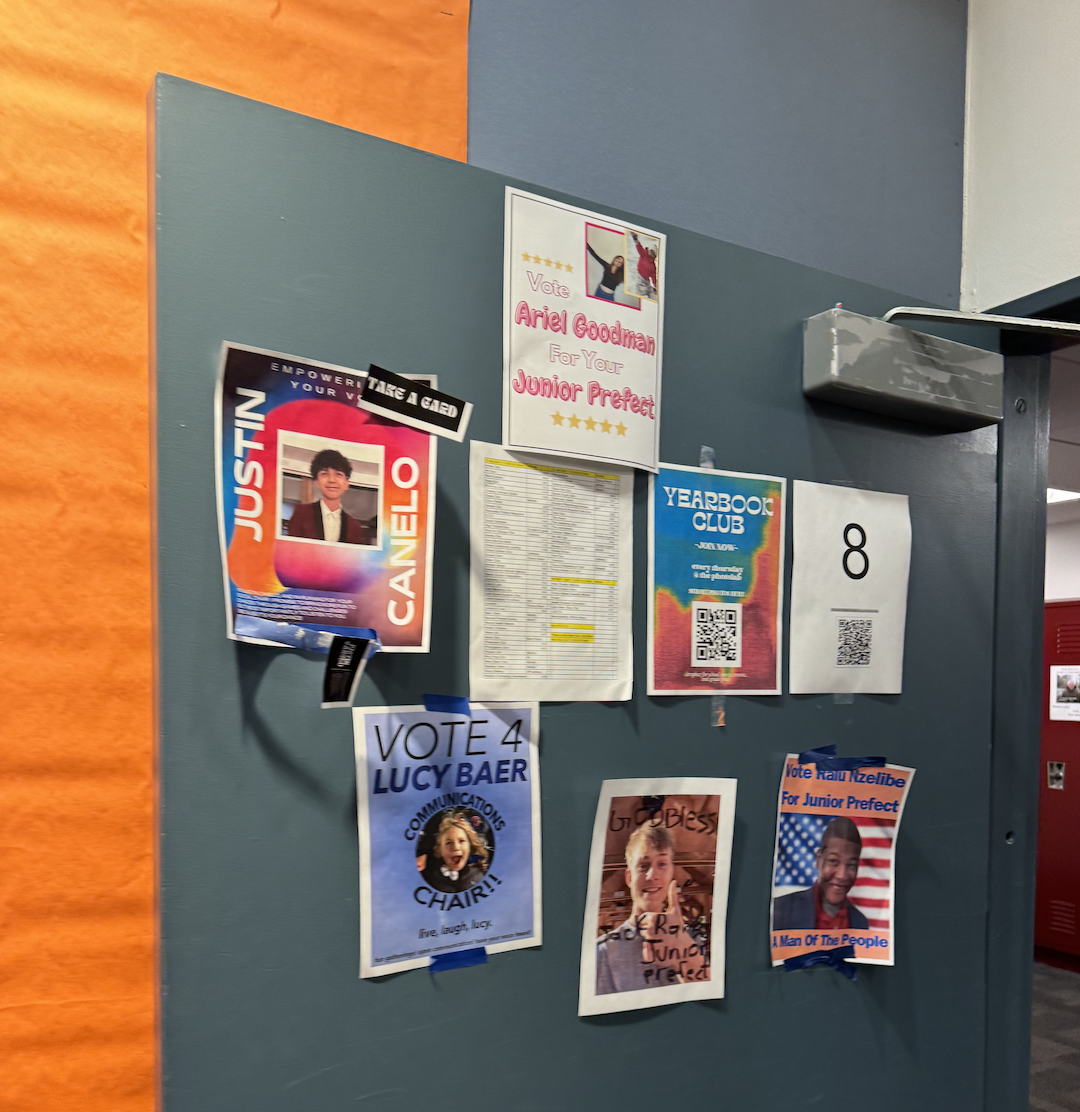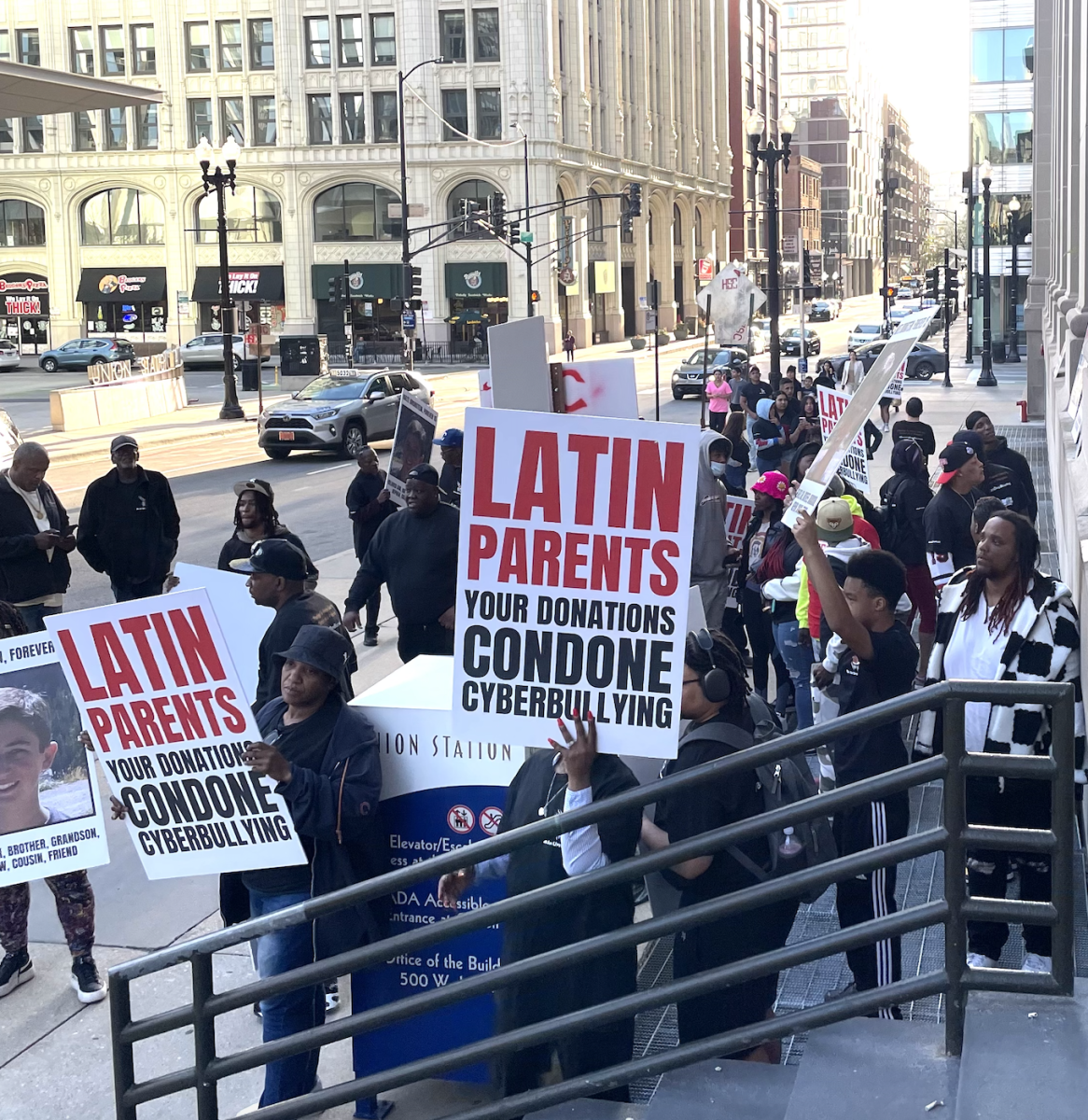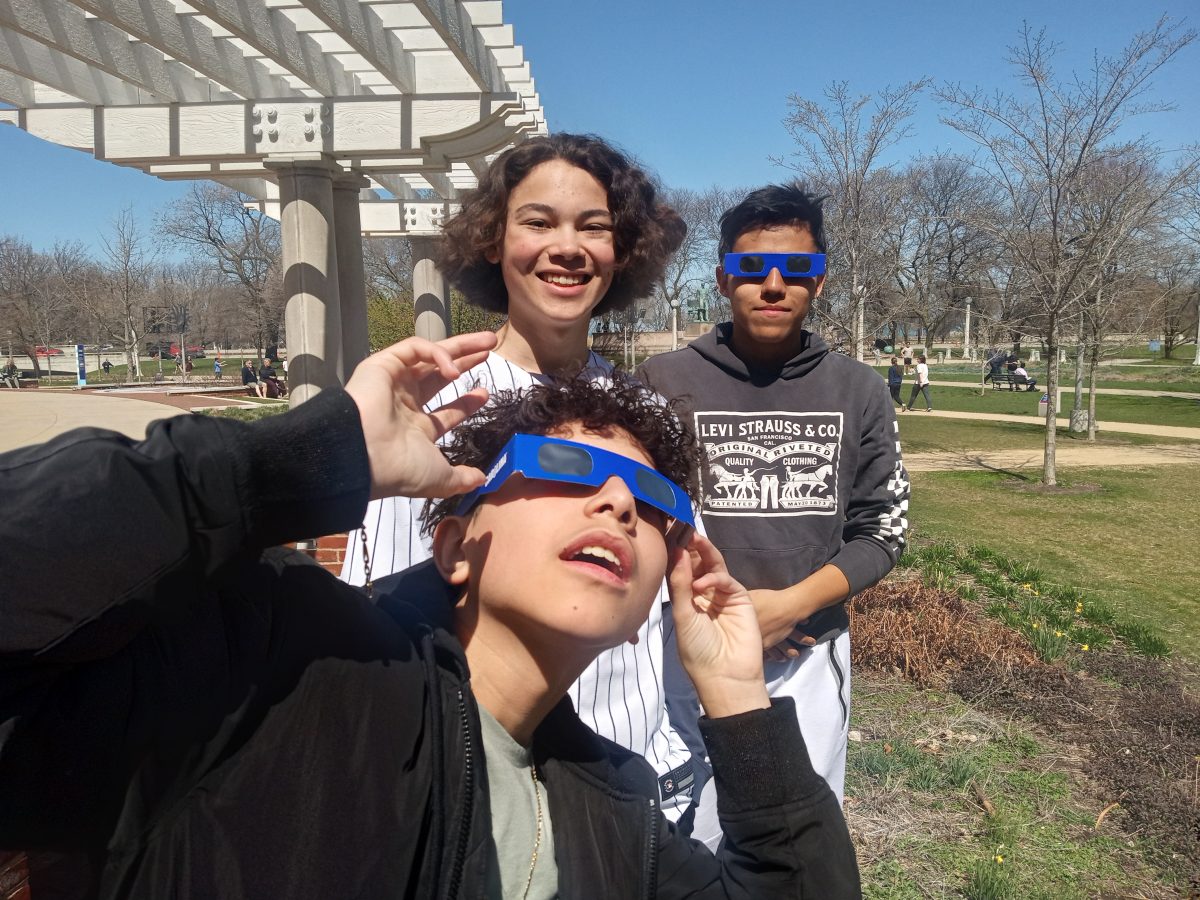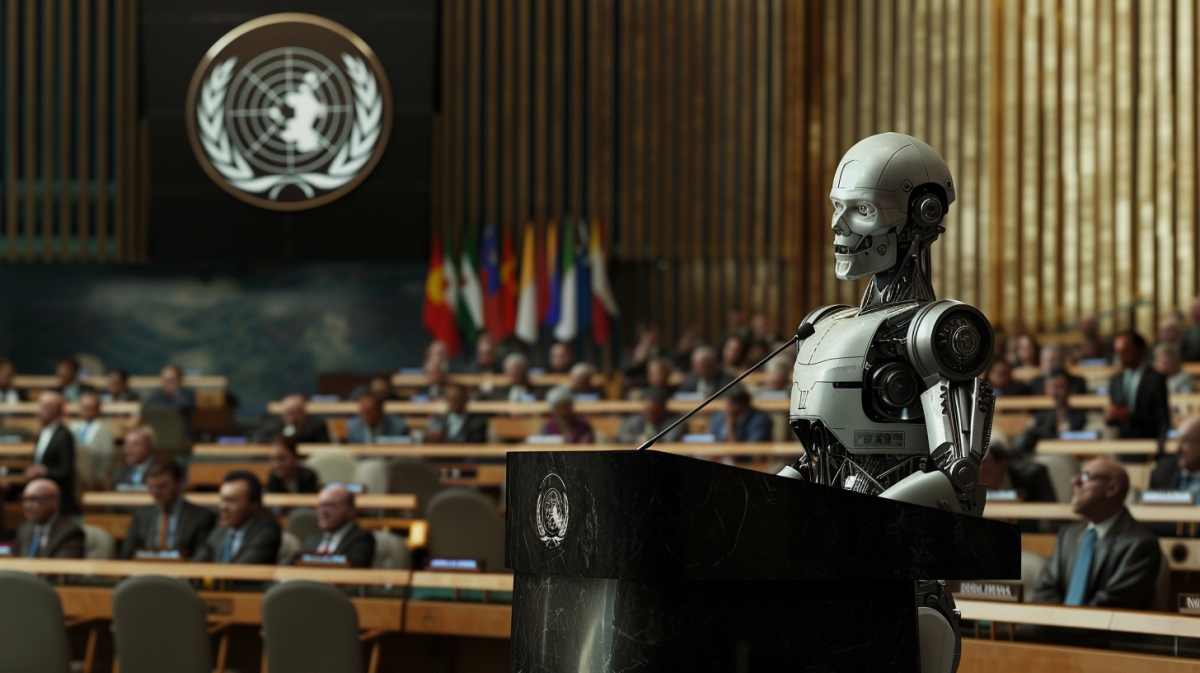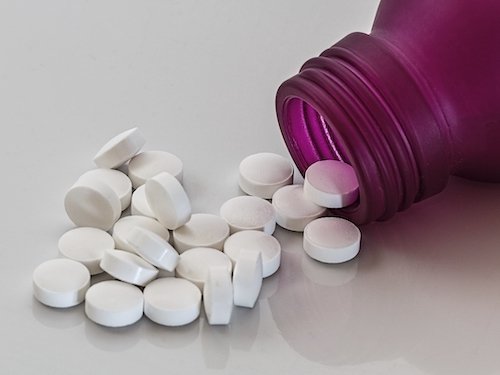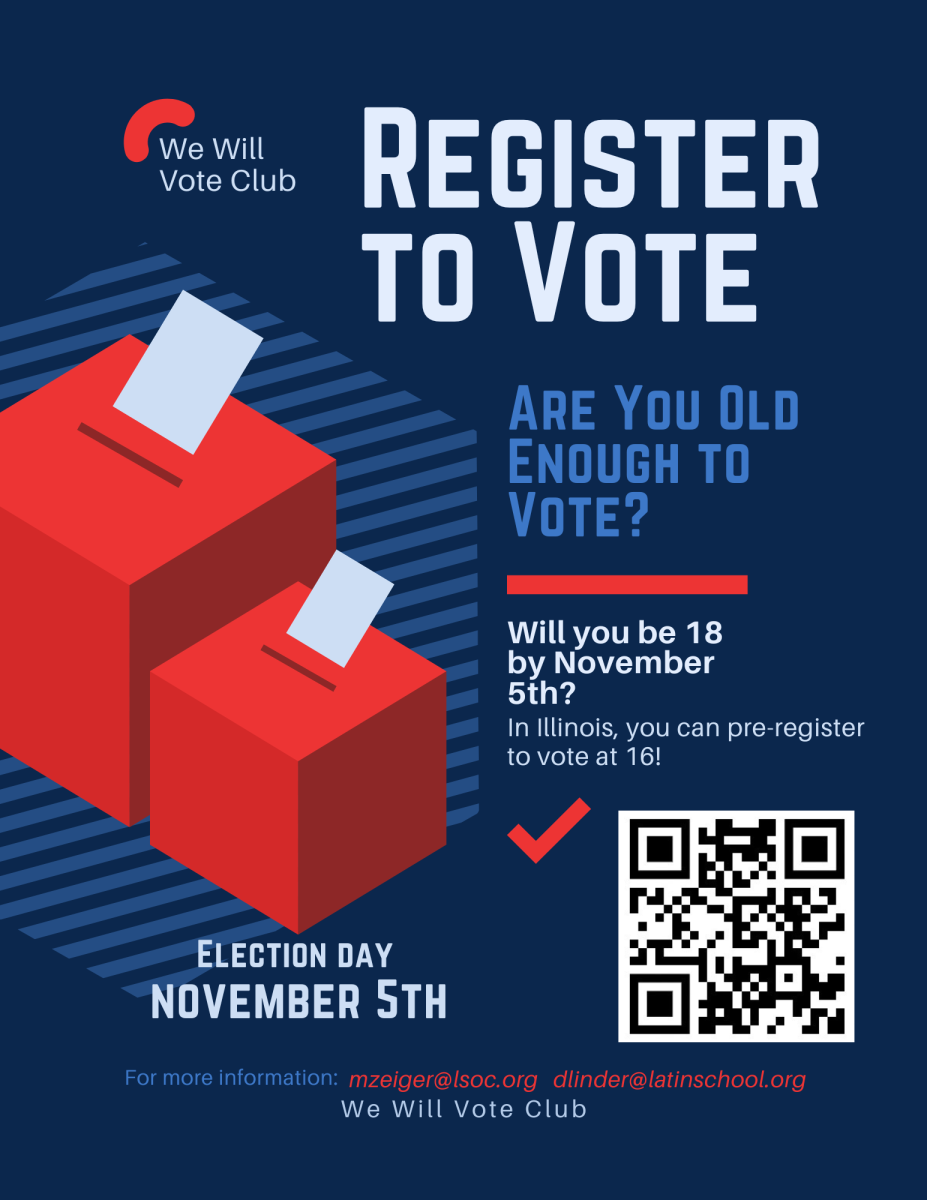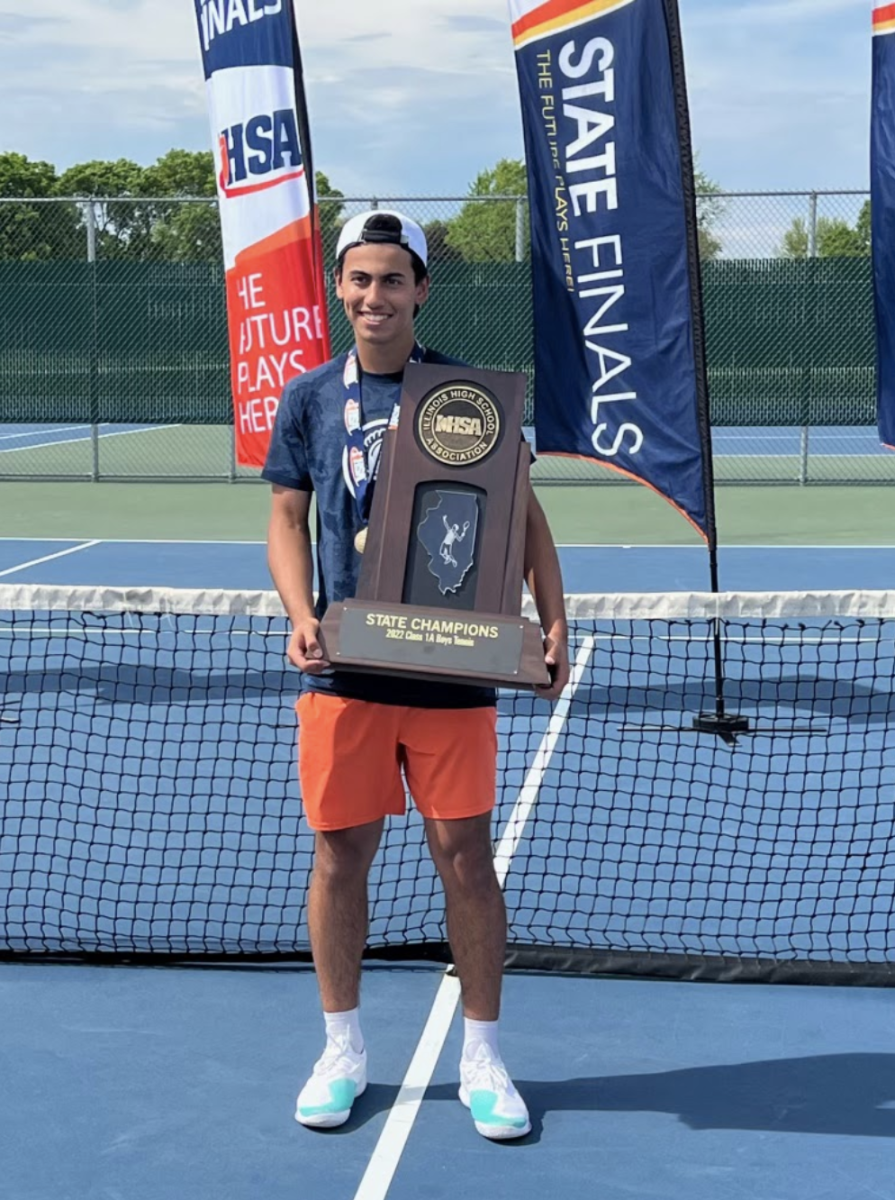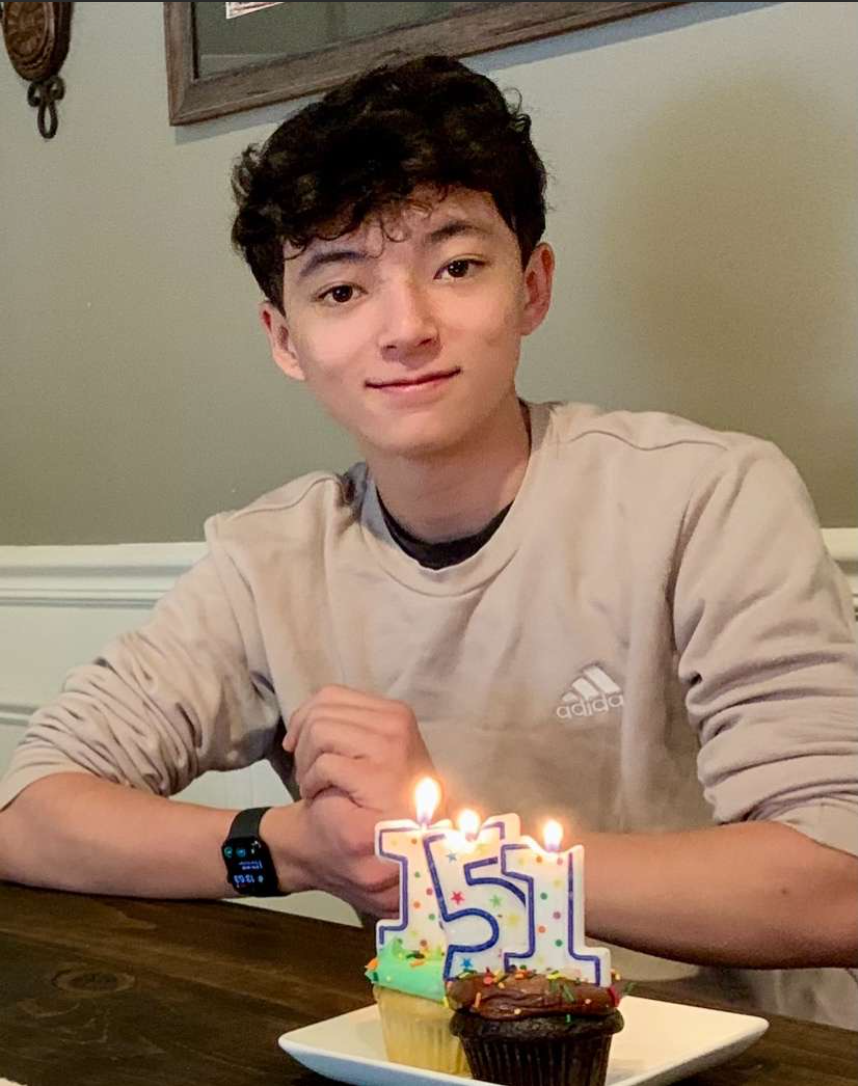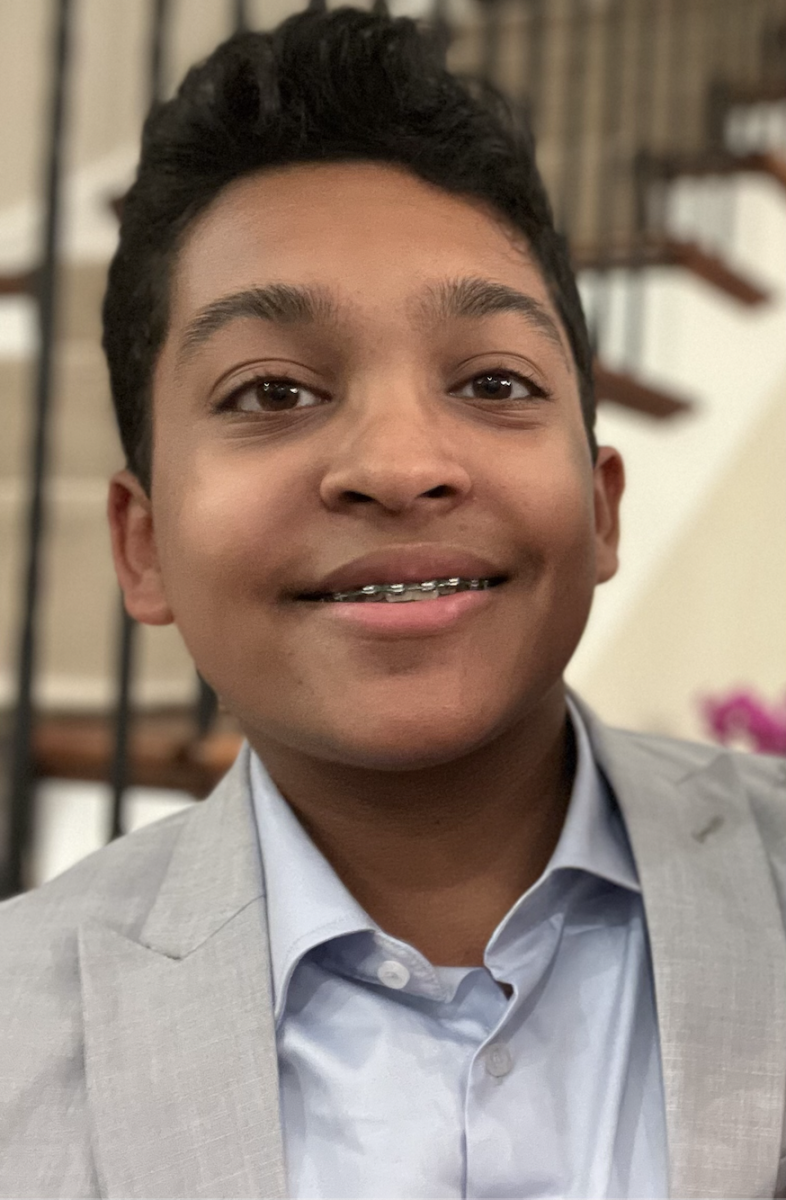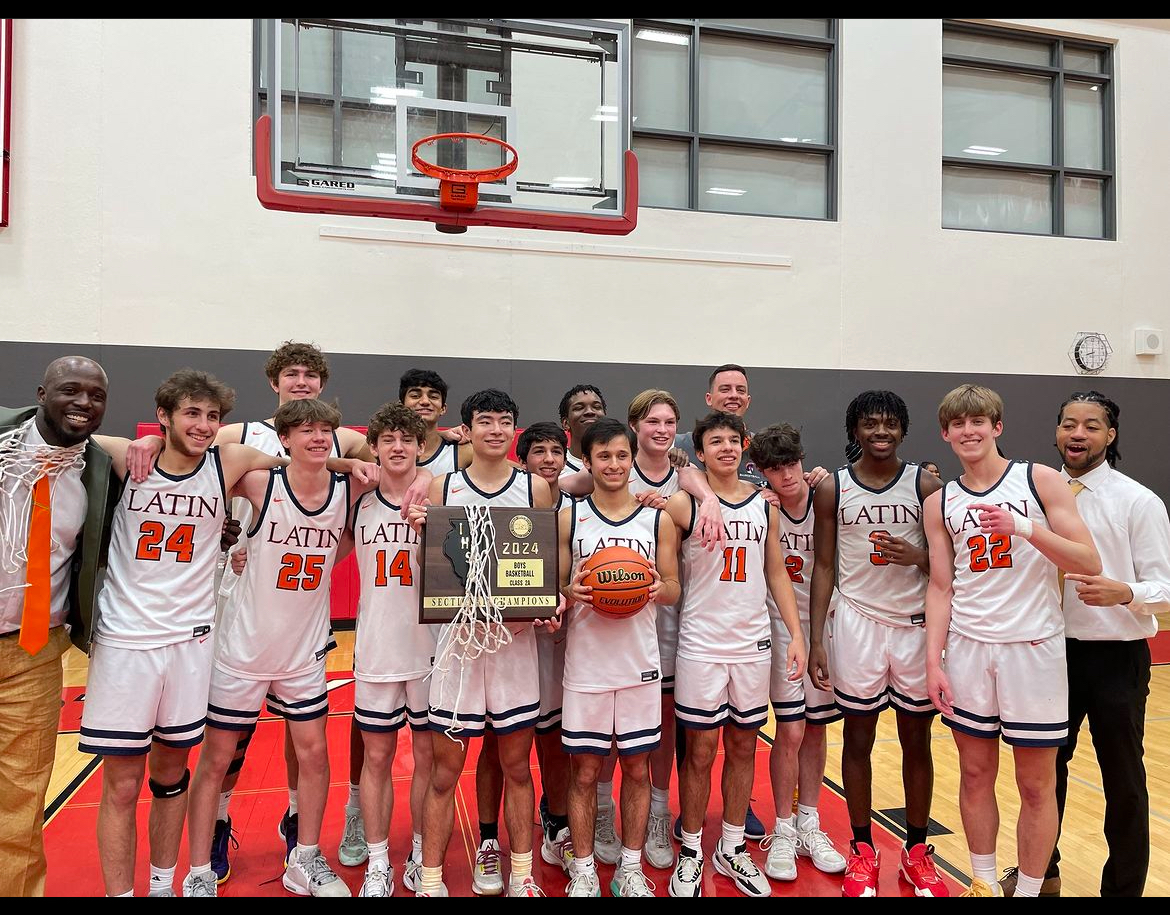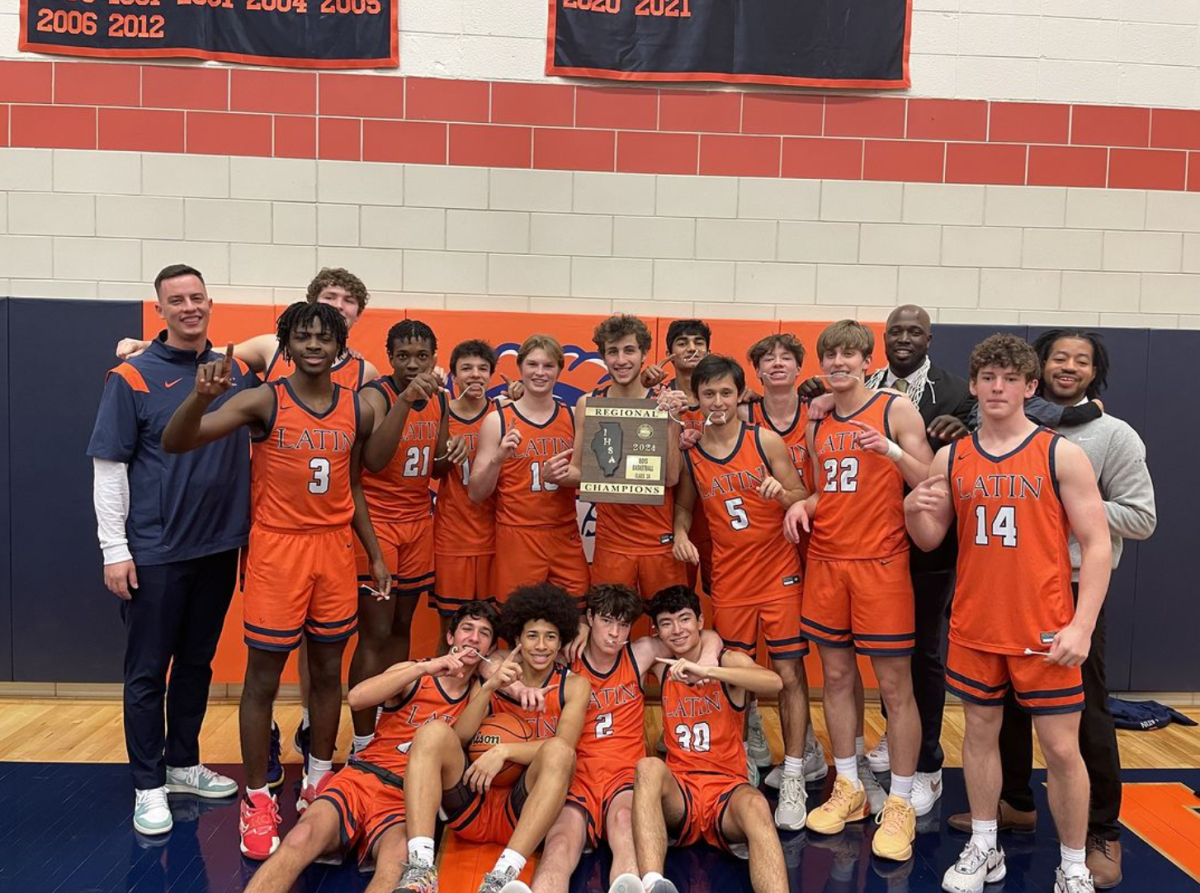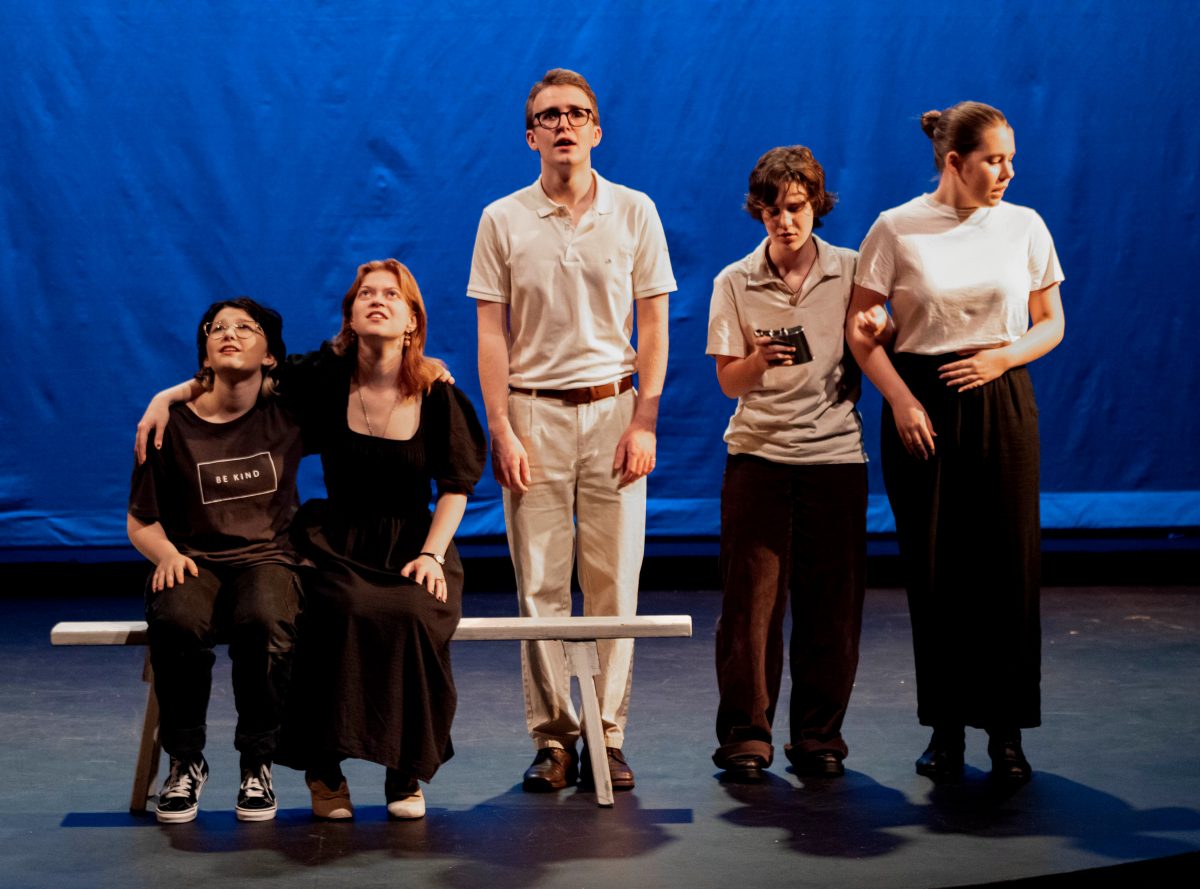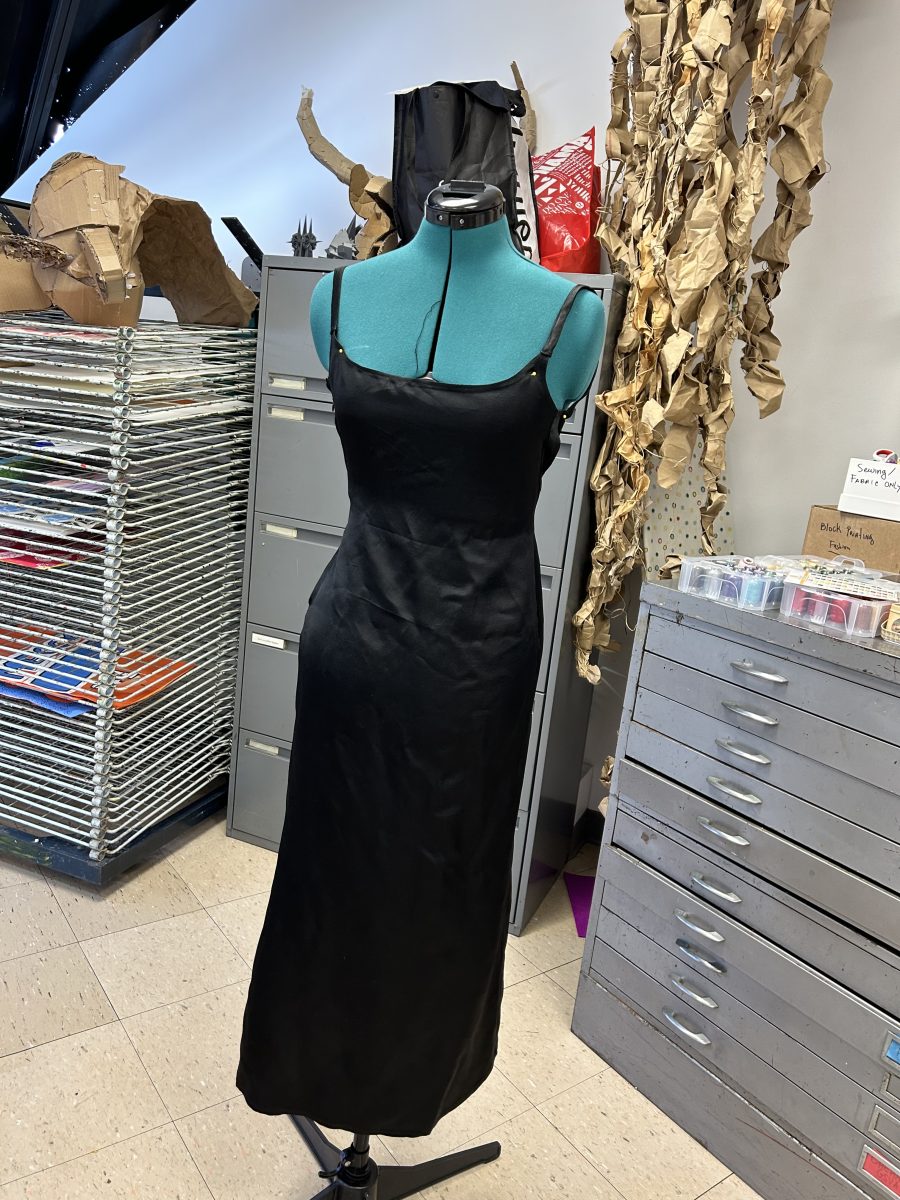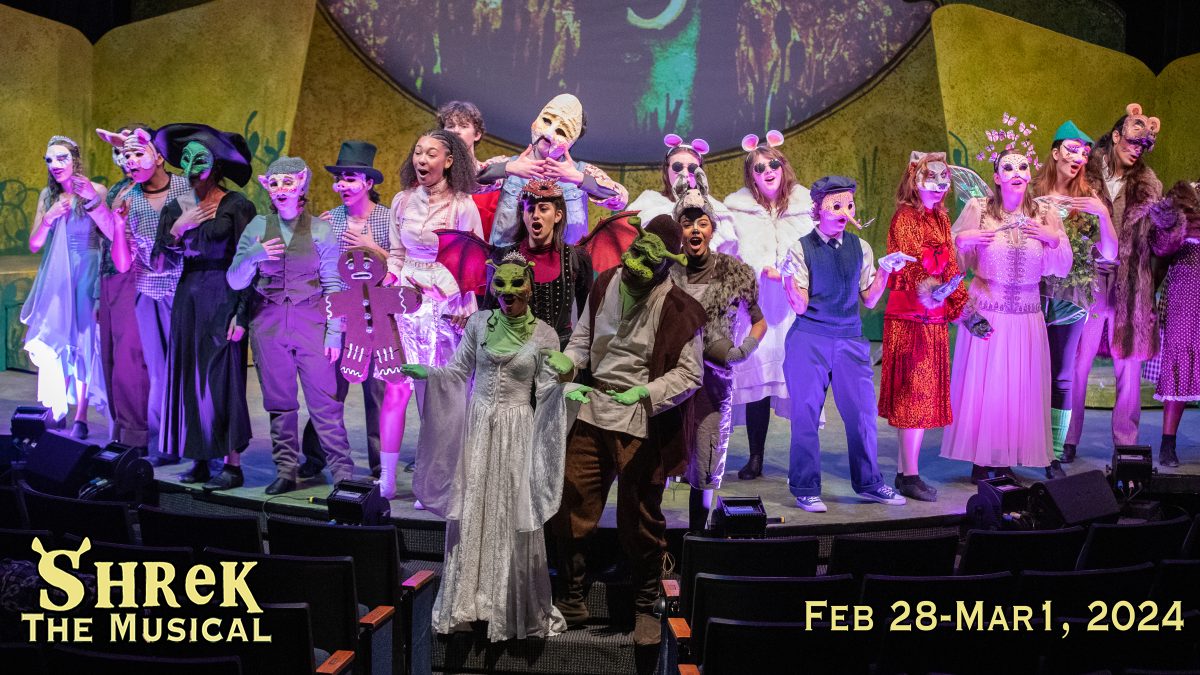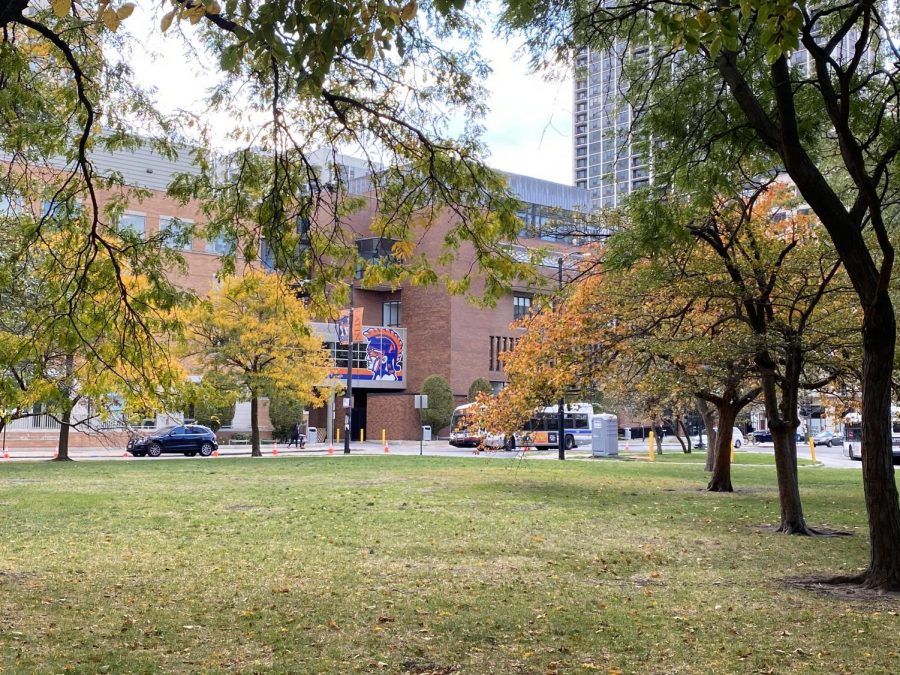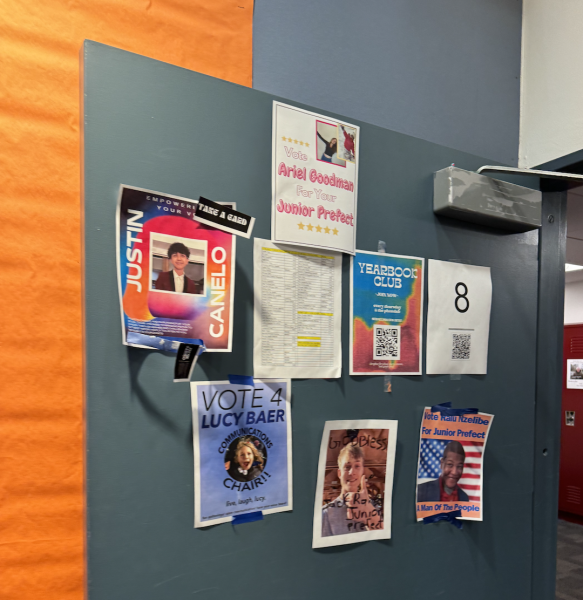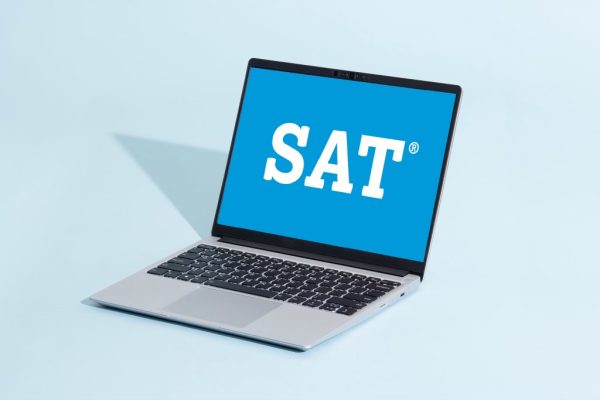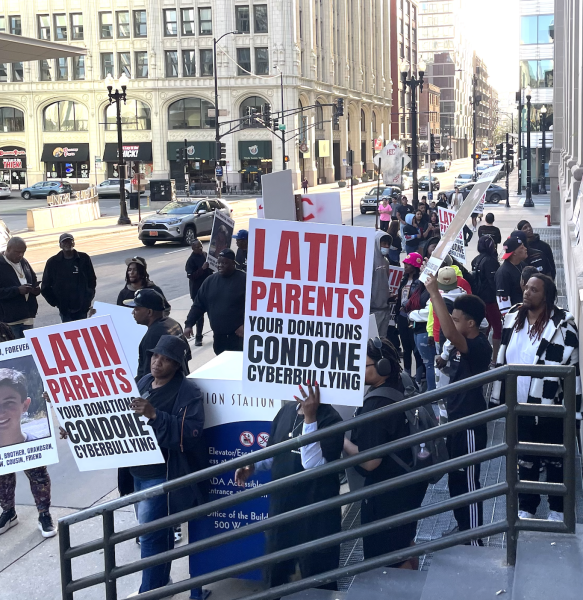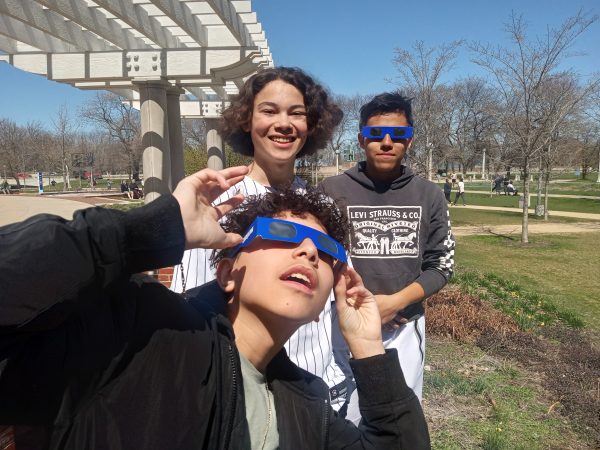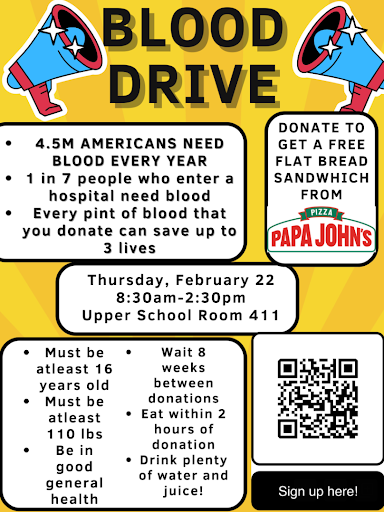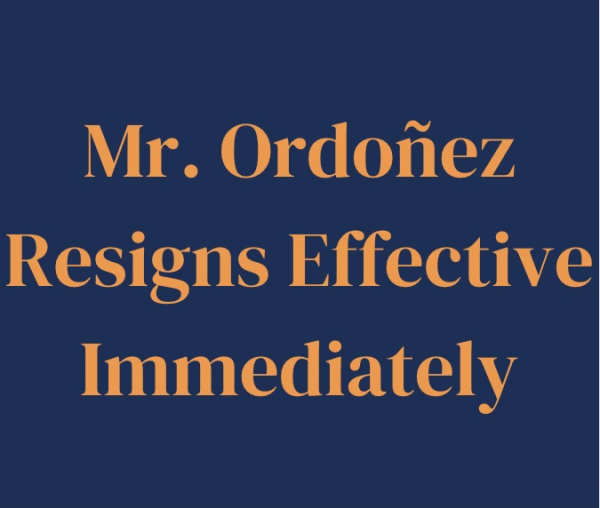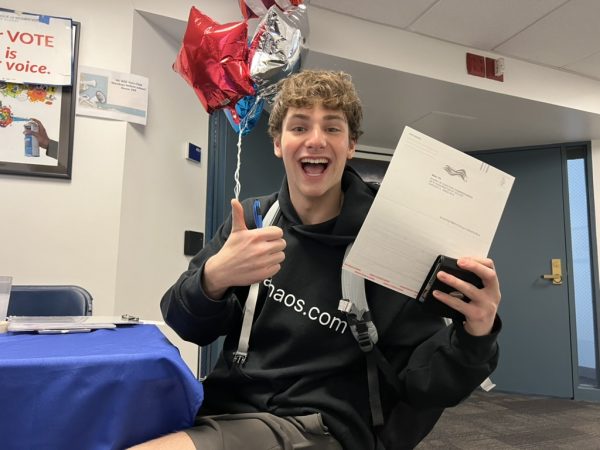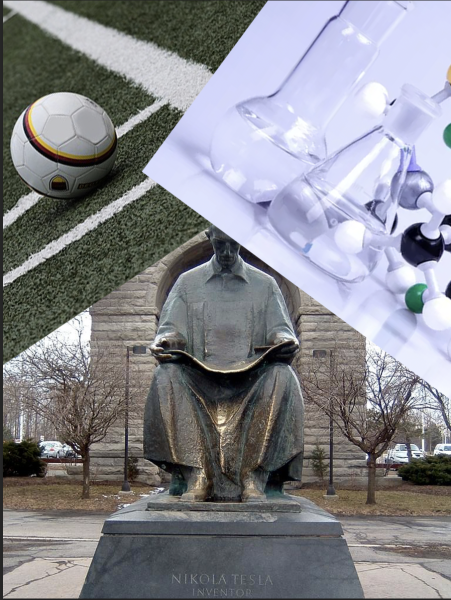COVID-19 Case in the Senior Class
Head of School Randall Dunn explained in an email earlier this month to the Upper School community that the administration made the decision to return to in-person school beginning October 26 after determining that some key COVID-19 metrics were favorable.
Metrics that the administration cited included, “No positive upper school cases since August” and “no upper school quarantines in September.”
Two days after Mr. Dunn’s email, however, the Latin community received a notification of a confirmed COVID-19 case in the Upper School. After contact tracing, 13 students were asked to quarantine for two weeks. (This quarter, there have been nine confirmed COVID-19 cases within the Latin community, which includes faculty, staff and students in all three divisions of the school.)
Upper School Director Kirk Greer said the one COVID case in the Upper School wouldn’t derail the school’s plan to resume in-person classes.
“That’s certainly one of the variables that we look at in deciding whether or not we’re ready for in-person learning,” he said. “But we also look at the context and how it happened and whether or not any interactions on campus were related to that. While we had a positive case in the Upper School, and there have been other cases in the other divisions since that communication, there hasn’t been any community spread, meaning it’s not happening within Latin.”
An additional COVID metric that poses a concern now is the number of cases per day in Chicago. Mr. Greer explained that the administration is monitoring the statistics closely. “The Department of Public Health gives guidance that 400 is a key figure, a key threshold for them, and we have been significantly below that since the summer, although it is starting to rise a bit now.”
Subsequent to the interview with Mr. Greer, COVID numbers have spiked in Chicago, and the seven-day rolling average of new cases is now 508.
Upper School students have not attended school regularly since March, so once any semblance of in-person class resumes, the likelihood of community spread will increase. “As soon as we have any sense or any possibility that the actual acquisition of the case is due to being on campus, then that’s very different,” Mr. Greer said, “and would cause us to seriously rethink and pull back on any in-person plans, and that would be true across the divisions.”
During the last cohort days, senior attendance dropped, possibly due to increased workload, but the other grade levels’ involvement held steady, suggesting that students largely want to return to in-person classes.
Mr. Greer said, “I’d say, for the 9th, 10th, and 11th grade, on any given cohort day, around 70% or so of those who could attend that day have been attending, which is pretty much in line with the survey results this summer. When we asked, `Would you be interested in this?’ we were getting around 70% saying that they would show up most or all day.”
Students were given an option to opt out of in-person school, and Mr. Greer reports that 61 students in the Upper School, which is just over 12% of the student body, have asked to do so. (Roughly 20% of the Upper School faculty have opted out of returning to campus.)
Most students, however, appear to want to come back to school.
Emily Hesby, one of the seniors who had to quarantine after being exposed to a COVID-positive student, spoke about her experience with contact tracing and quarantining, and how she is still looking forward to returning to school when in-person classes resume.
Her mother had a meeting with a school nurse after reaching out to Latin to tell them that Emily had been in contact with the student who tested positive.
“I’m not sure who else was at the meeting, but my mom said the nurse just wanted to make sure that I was okay,” Emily said. “She also wanted to verify that I had been in close contact,” which is defined as being within six feet of the individual for more than 15 minutes.
“They said that I had to quarantine for two weeks from the exposure, no matter the results of my COVID test, and if it was positive I would’ve had to quarantine for two weeks from the date of the positive test.” Emily’s COVID test was negative.
Despite the experience of having to quarantine, Emily said she will be attending in-person classes when they resume. “I love being in school, so online learning has been a challenge for me, and I would take any opportunity to be in school.”
She offered a note of caution, however. “I think it is important that people put their health and safety first, so people need to recognize that it is possible for someone to come to school and later test positive,” she said.
Senior Colin Campbell also had to quarantine, which meant that he could not come to school or participate in after-school activities, in order to limit the amount of people he interacted with. He said the contact tracing system also affected his extracurriculars. “I think the system is effective, but I also think that if you wait a week after you were exposed to the initial person who had it to get tested and it comes back negative, you should go into further talks with the school regarding going back to school or activities. I tested negative a week after and was told to continue quarantining.”
Annie Hallinan, a freshman who will be attending in-person classes, explained her plan for the upcoming weeks. “I am planning on returning to school mostly because I think it’s better for me to stay focused and, also, to see my friends a lot more than I would while doing online school,” she said. “If there’s lots of COVID cases within the first few weeks or so, then I will probably opt out, just because I don’t want to get my family sick.”
This appears to be a common approach for students: maintaining an open mind and testing the waters once in-person classes resume.
But for students who live with immuno-compromised and/or at-risk loved ones, in-person education is a risk that may be difficult to justify. Luis Soto, a junior who decided to stay home, said, “The biggest, probably the only, factor in making my decision was not my health, but the health of people I interact with every day. Although I enjoy being at school in-person, it is nowhere near as important as my grandmother’s health and longevity.”
For more information about the protocol and current cases, refer to Latin’s Health Office FAQ document and the COVID-19 Updates webpage.
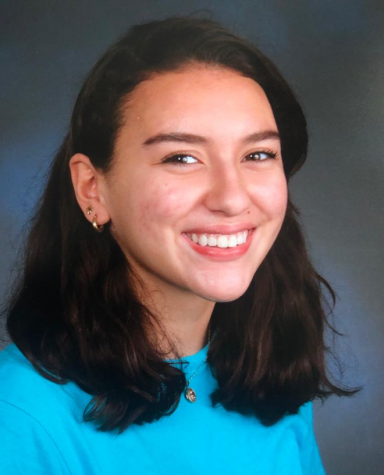
Angela Gil (’21) is a senior at Latin and is honored to be serving as The Forum’s Features Editor. She has written for The Forum...

